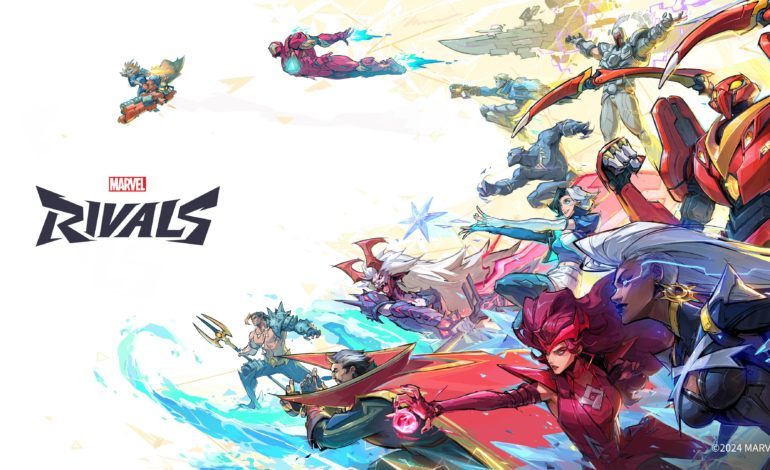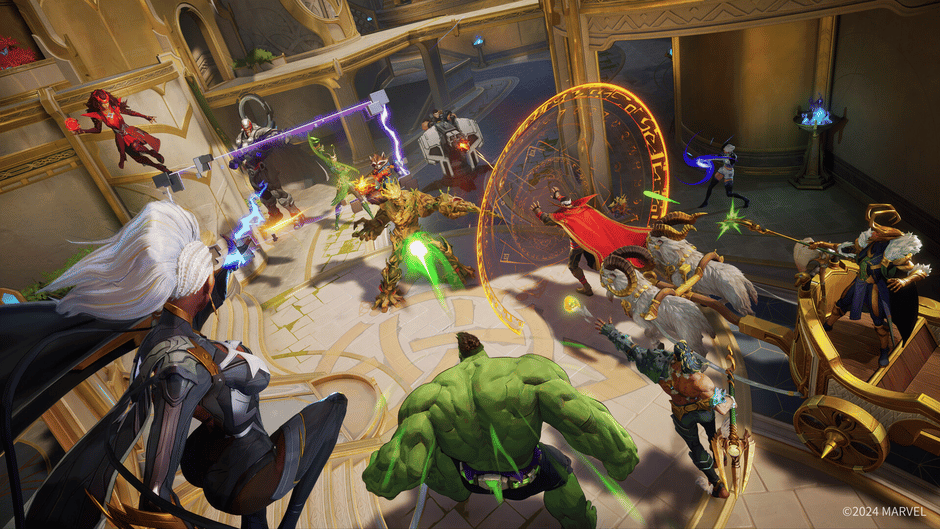

On the surface, Marvel Rivals appears to be a Marvel-themed clone of Overwatch. And while that sentiment isn’t totally inaccurate, it doesn’t stop the game from being a ton of fun. From what I saw in the Closed Beta, there’s a lot of effort and new ideas being put into Marvel Rivals, making it a worthy competitor to Blizzard’s hero shooter. That’s not to say it’s a completely original game. In fact, it’s far from it.
For every new idea that Marvel Rivals brings to the hero-shooter genre, it borrows one (or more) ideas from Overwatch. The switch to third-person gameplay, destructible environments, team-up, and increased focus on movement are the most noticeable differences from other games in the space, and they work well for the most part. But on the flip side, nearly every character in Marvel Rivals borrows one or more abilities from an Overwatch character. A few of the many examples of this include Star-Lord having Tracer’s dual SMGs, Groot deploying walls like Mei, Hulk swapping between Bruce Banner and enraged states like D.Va and her mech, and Storm has Lucio’s AOE buff that can swap between speed and damage boosting.


But, in all fairness, Marvel Rivals isn’t the first game to copy and paste mechanics from Overwatch, nor is it the first successful one. Games like Paladins and Valorant are much less subtle in their implementation of Overwatch abilities, with the latter tending to emulate entire character archetypes from the Blizzard title. The most noticeable difference in how those games play in comparison to Marvel Rivals is how fast a match moves.
The combination of higher-velocity movement, third-person perspective, and shorter match lengths makes Marvel Rivals feel almost dizzyingly fast. Playing on PC with mouse and keyboard resulted in quick, high-intensity matches that required everyone on the team to stay on top of their moves and adapt to situations by changing approaches or character selections. Even at our most synchronized and synergetic, the teams I played with always seemed to get overwhelmed at one point or another with how much was happening on screen at certain times.
The third-person aspect, while nice to look at, makes the game feel far more chaotic than Overwatch. With such a large portion of the screen covered by your own character (as well as a lack of FOV slider), it felt like I wasn’t getting a full grasp of what was happening in the tightly packed 6v6 matches. This, in combination with the game’s focus on objective-based matches, can cause several incidents of highly-crowded battles where its hard to tell what’s going on.


All of this being said, my buddies and I were much more eager to play a round of Marvel Rivals than another match of Overwatch. Teamwork feels more rewarding in Rivals thanks to the 6v6 team sizes and the inclusion of Team-Ups, and the added appeal of the game’s many Marvel franchise references was a nice bonus. The new abilities shown off in the game make the characters in Marvel Rivals feel much more powerful than Overwatch’s, as well as far more exciting in comparison to some of Overwatch’s less complex characters like D.Va or Soldier 76.
Marvel Rivals is a very promising upcoming hero shooter with great teamplay and fun mechanics to play with. The biggest hurdles that the game will face will be in how they approach monetization and hero unlockability, two aspects we have no information on yet outside of the game’s confirmed free-to-play status. No release date has been announced for the game, but when it does launch it will be available on PC, PS5, and Xbox Series X.
Play games, take surveys and take advantage of special offers to help support mxdwn.
Every dollar helps keep the content you love coming every single day.
